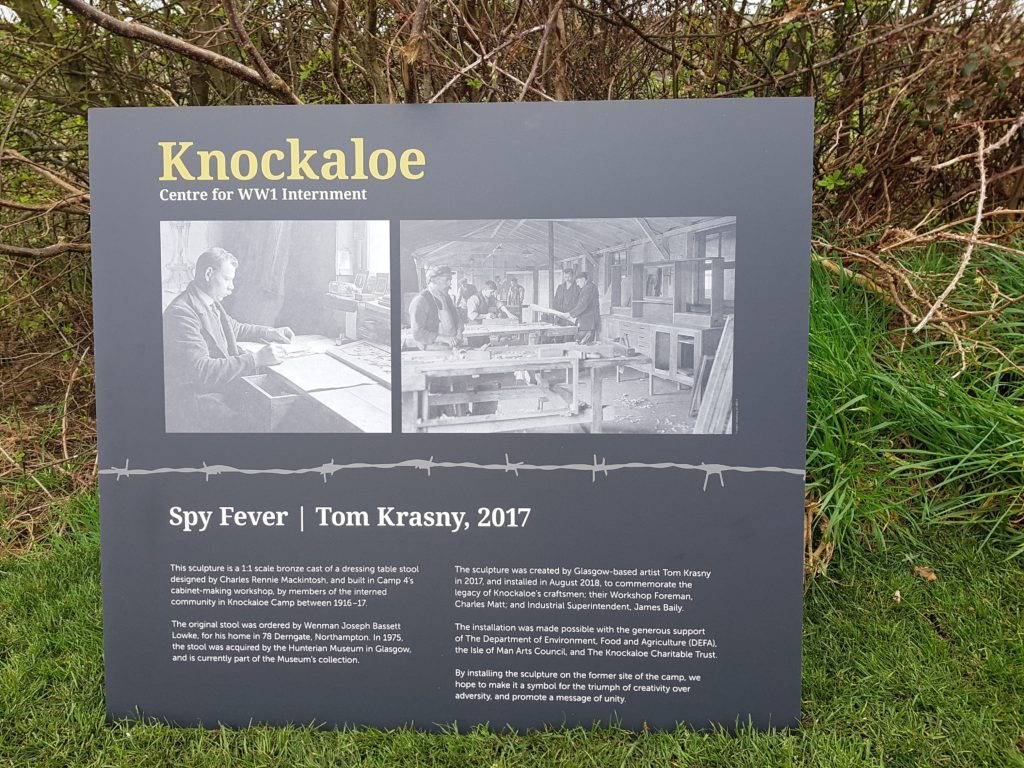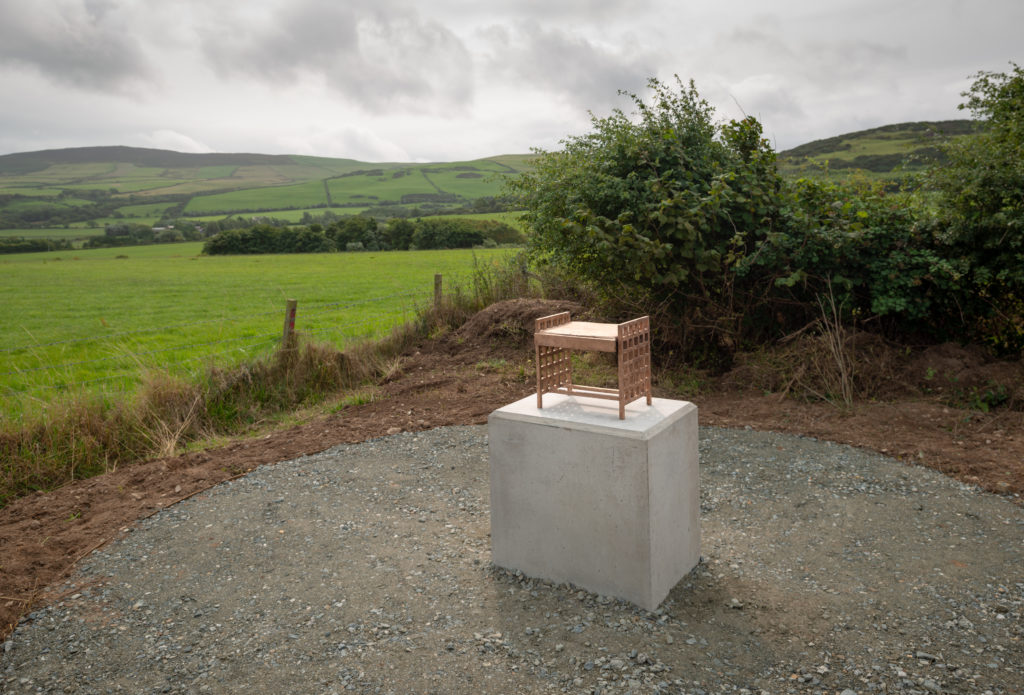
Made in UK is a body of work resulting from extensive research across Scotland, England and the Isle of Man, focusing on the lesser known connection between renowned architect and designer, Charles Rennie Mackintosh, and a community of German civilians who were interned in Knockaloe Camp, Isle of Man between 1914-19.
Contents
Historical background
The Hunterian Art Gallery “Mackintosh House” permanent display in Glasgow, features a reconstruction of 78 Derngate’s guest bedroom, designed by Charles Rennie Mackintosh. The Hunterian acquired most of the room’s furnishings in
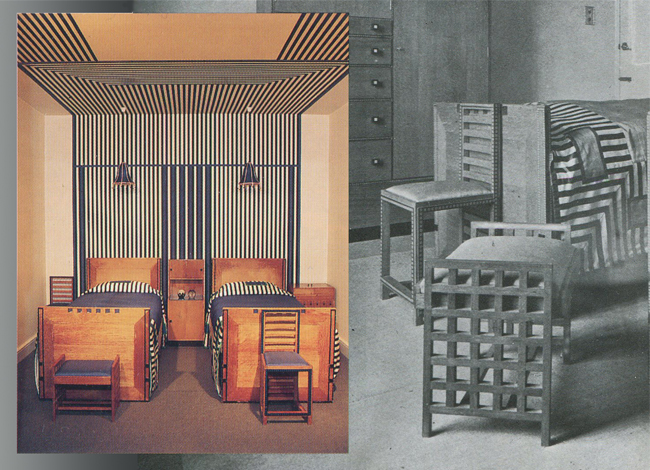
Right: The guest bedroom dress table stool as it appears in Roger Billcliffe’s Charles Rennie Mackintosh, The Complete Furniture, Furniture Drawings & Interior Designs, Guildford: Lutterworth Press 1979 (p.27).
The visitor information describing 78 Derngate Guest Bedroom furniture, briefly mentions Knockaloe internment camp as the location where the guest bedroom furniture was built.
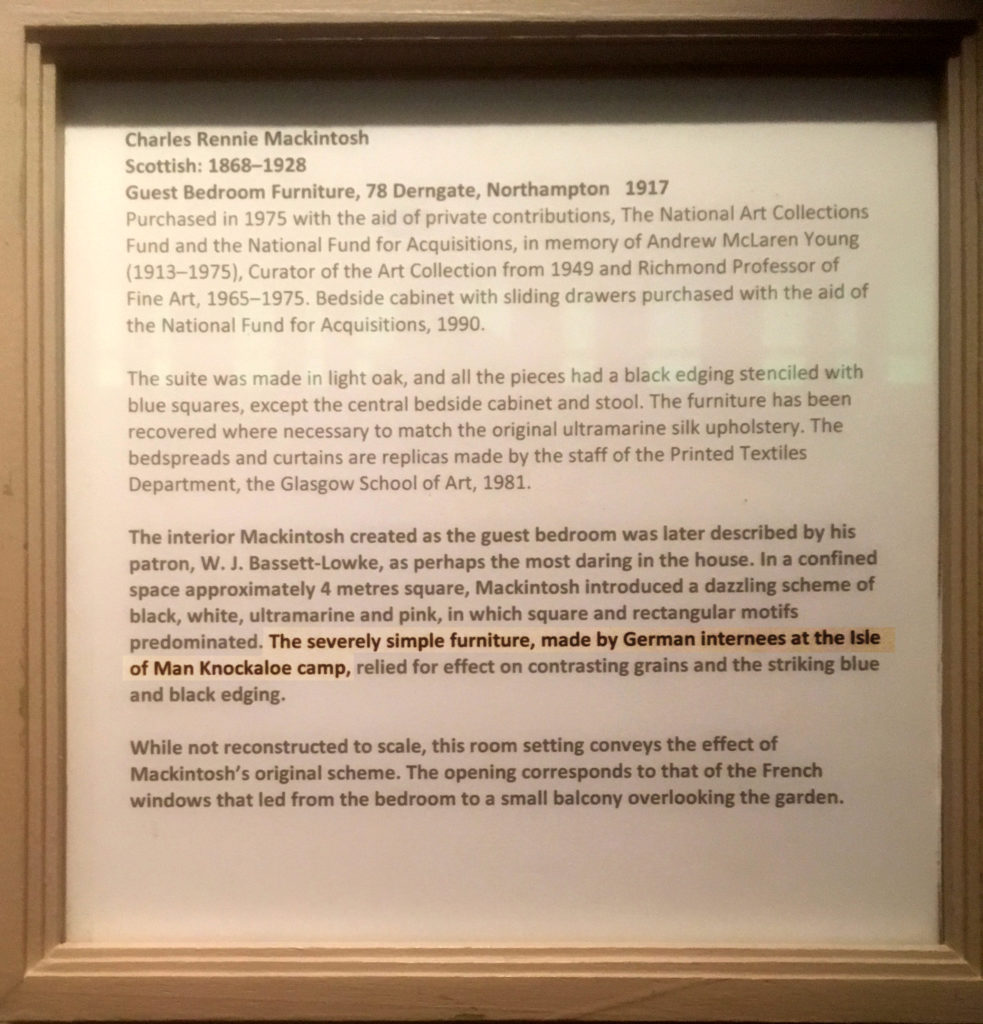
In search of additional information about this unusual connection, linking Charles Rennie Mackintosh design to interned German civilian craftsmen who executed the work, I travelled to The Isle of Man to learn more about the 78 Derngate furniture commission.
In 1916, Northampton businessman Wenman Joseph Bassett Lowke had
commissioned Charles Rennie Mackintosh, then residing in England, to redesign the
interior of his newly acquired home as well as to produce drawings for custom designed furniture for the house. The majority of the furniture designed by Mackintosh for the house at 78 Derngate street, Northampton, was built by German civilian internees interned at Knockaloe camp, Isle of man as they were considered “Enemy Aliens”.
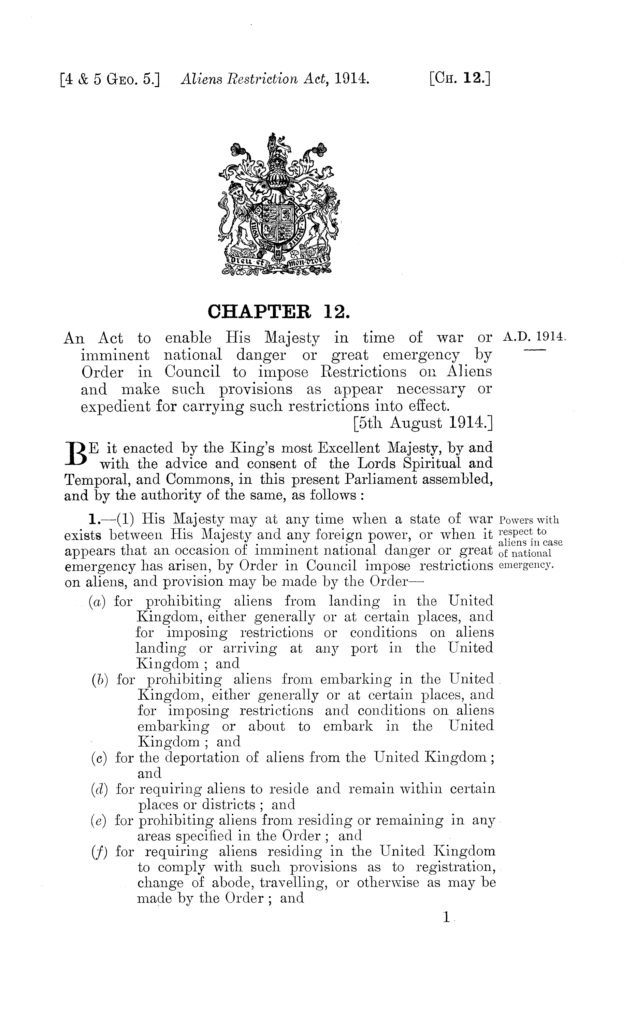
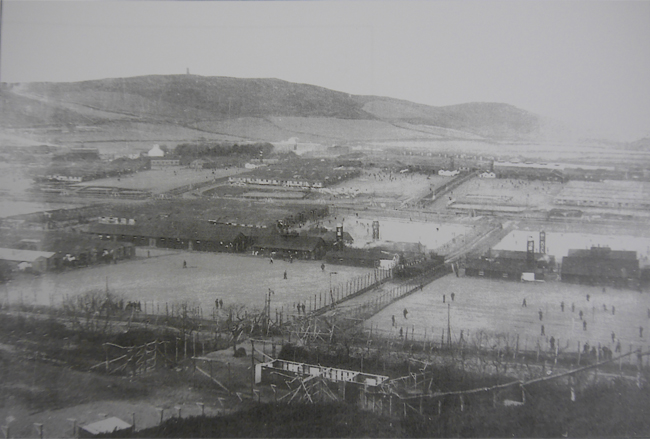
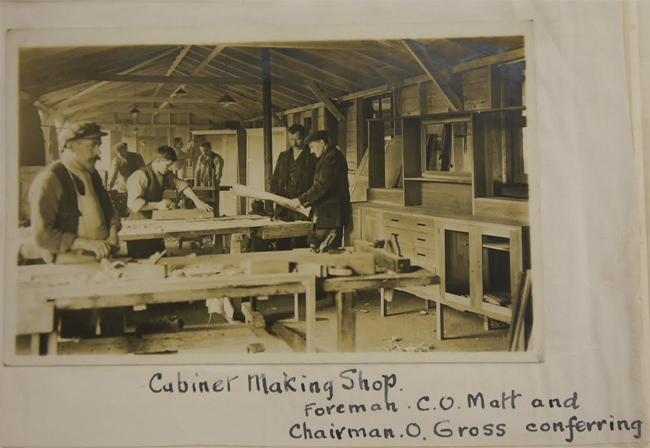
Made in UK- Visual Work
The visual body of work stemming from my research of the furniture commission revolved around a particular object in the Hunterian collection; a dress table stool.
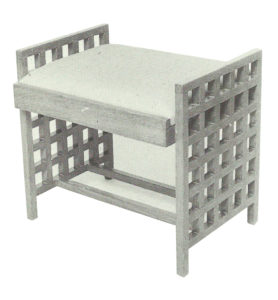
I made two wooden replicas of the stool before casting a 1:1 scale bronze cast of it. Although the wooden models were not a period replica, using the same methods and tools used by the men interned at Knockaloe, I wanted to put myself through the process, making a point of the physical time it took to make one chair, and reflecting on the long stretches of time the men in the camp spent waiting for news about their uncertain futures.
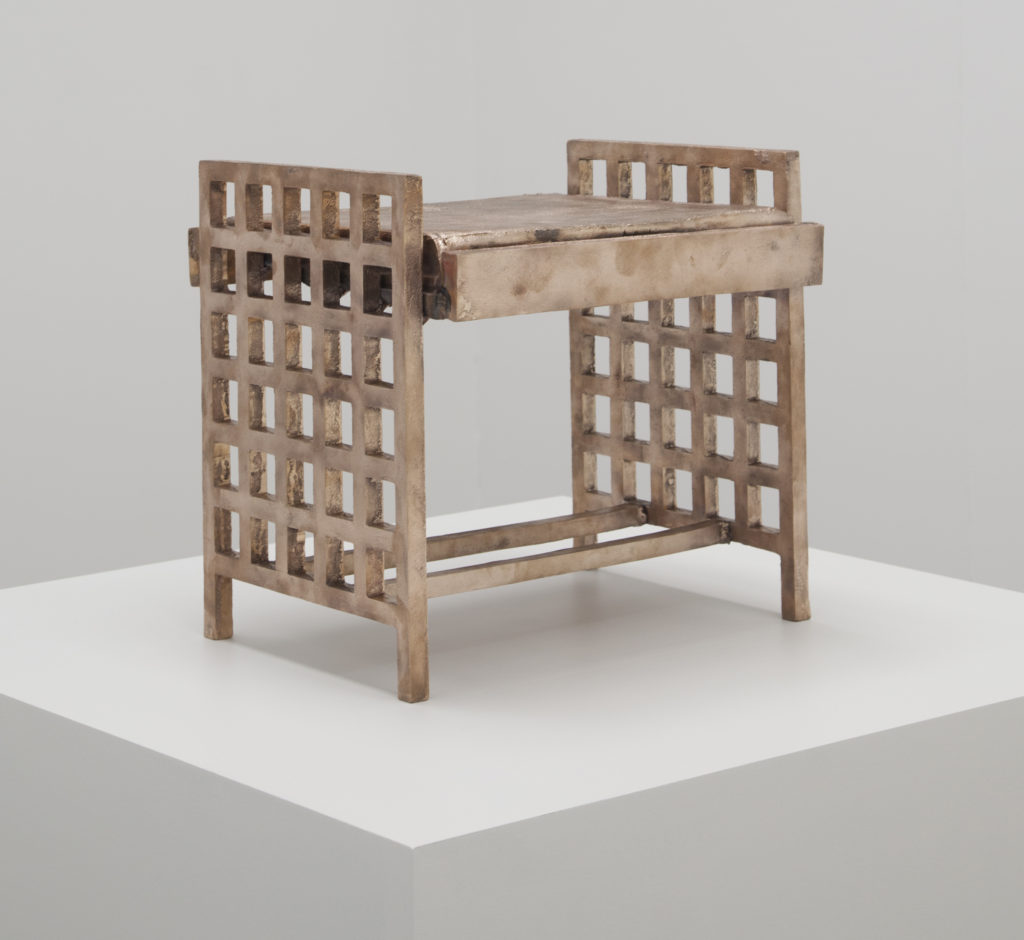
The manually operated automaton depicts a Knockaloe carpenter working on the same dress table stool, in a smaller scale.
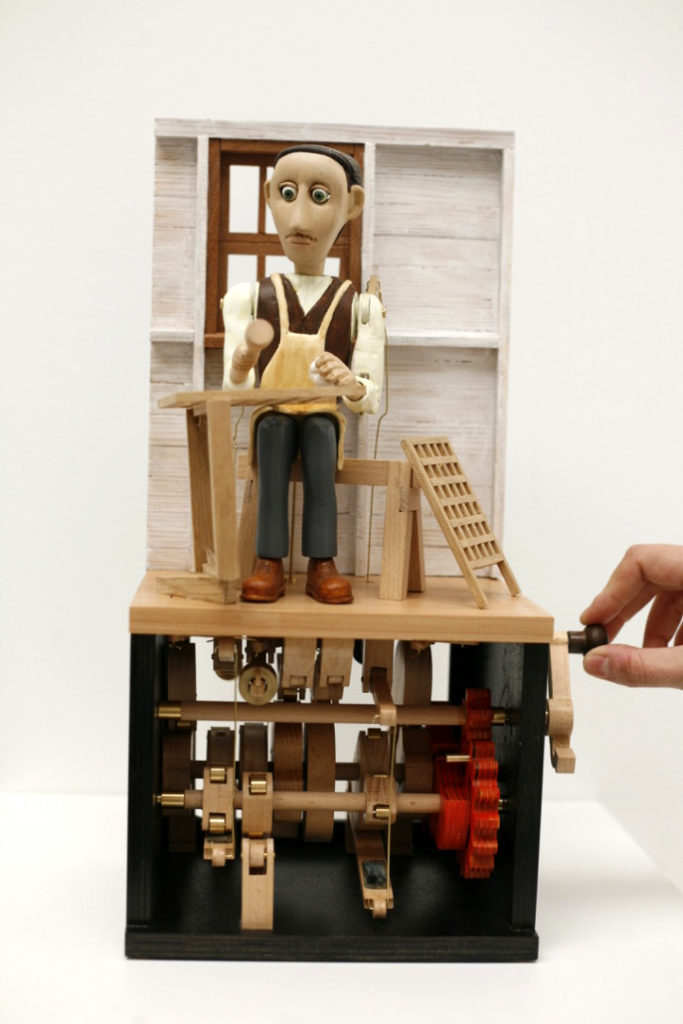
The wall work was stencilled using a traditional stencilling method typical of the WW1 period. The design is the 1st layer of a 9-layer Mackintosh stencil, designed in 1920 from the same house the stool was designed for in 1916/17, which in my opinion eerily resembles
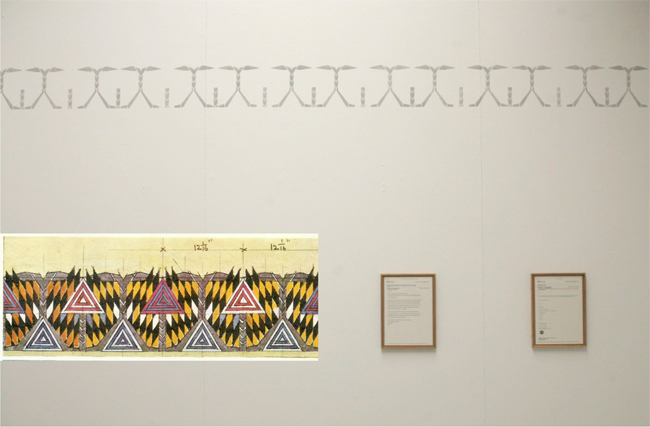
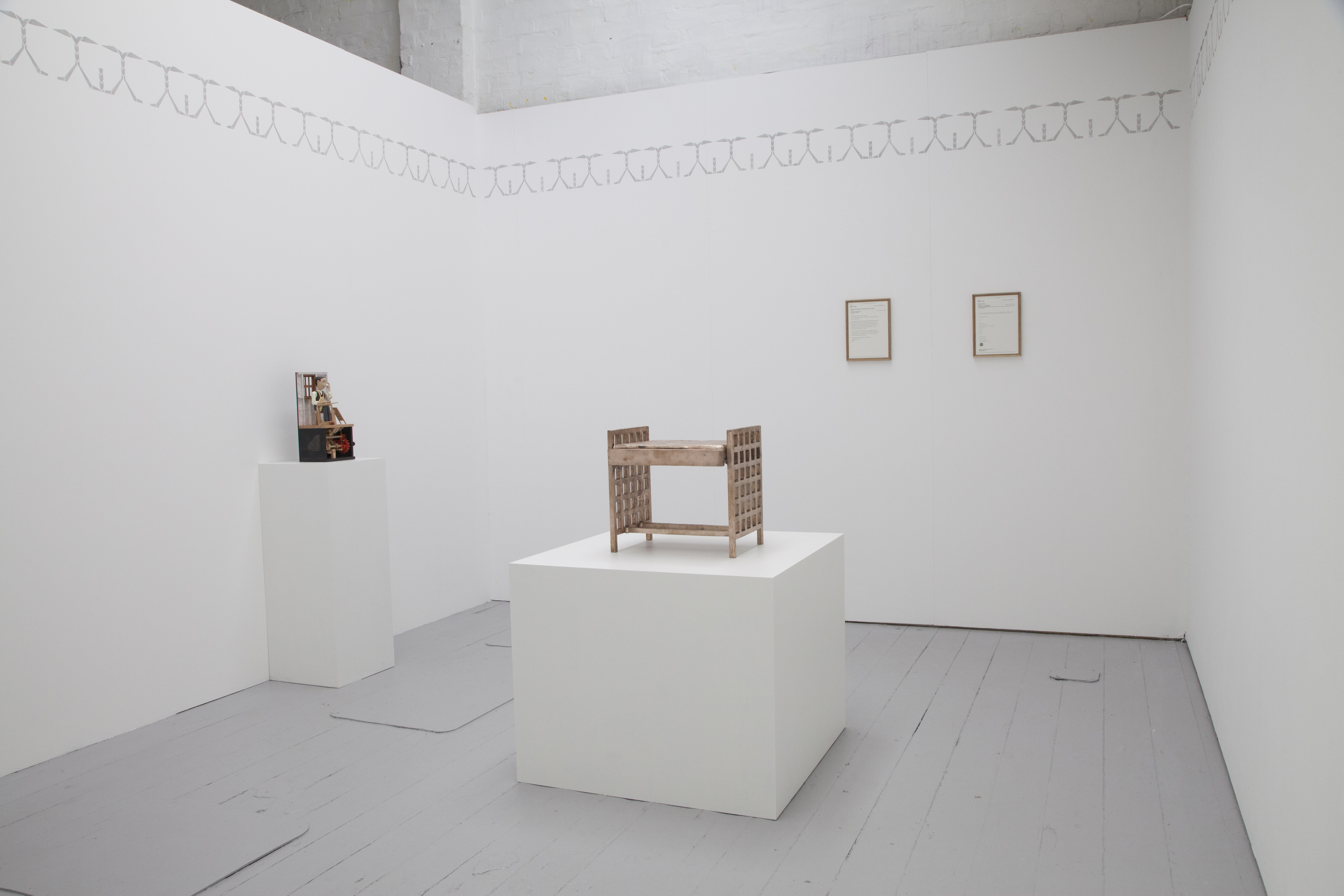
Photo by Jeanne
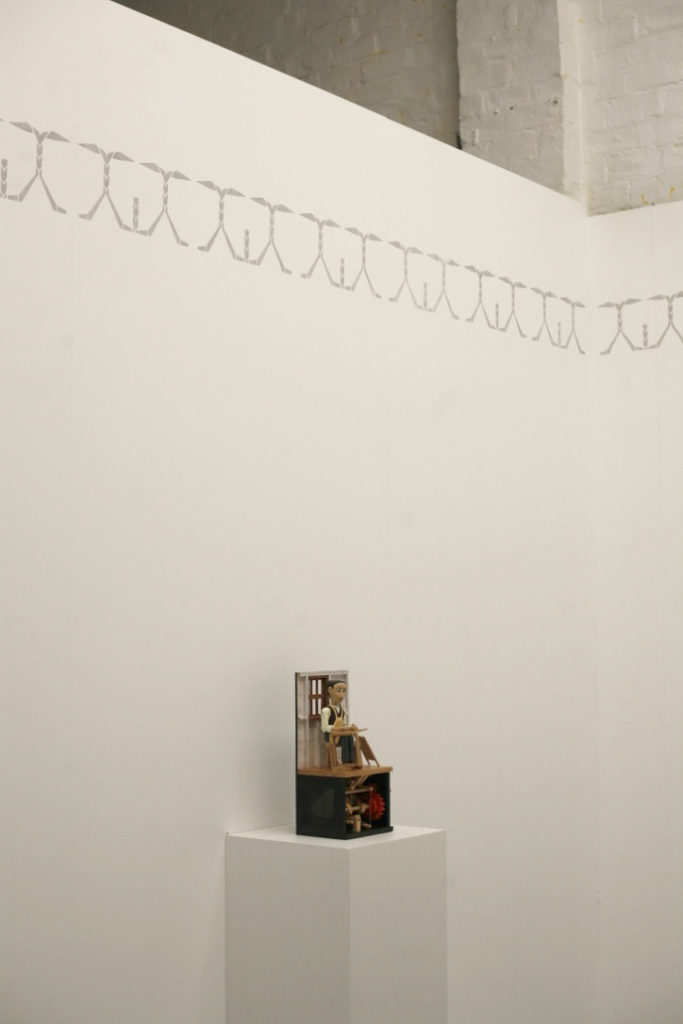
The work travels to 78 Derngate, February-April 2018.
The team at 78 Derngate Museum were very supportive throughout my research period. Following the display of the work in Glasgow in June 2017, I was invited to exhibit the works Spy Fever and Charles Matt’s Mallet in Bassett-Lowke’s former study room on the Museum’s second floor. The work was exhibited at 78 Derngate between 1st February- 21st
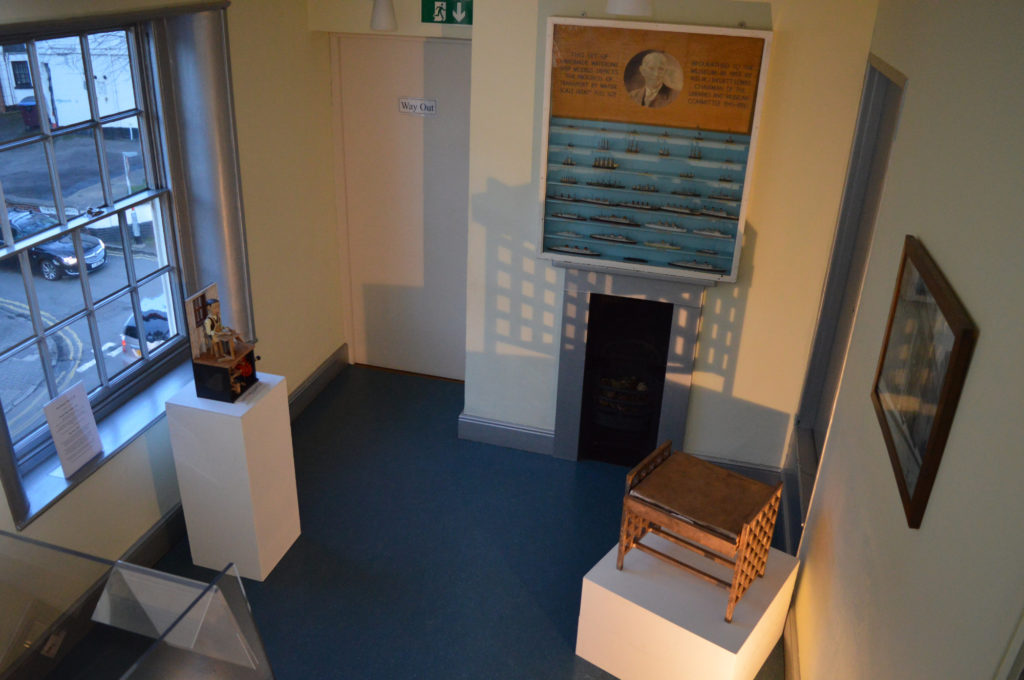
Installing ‘Spy Fever’ on the Isle of Man, August 2018
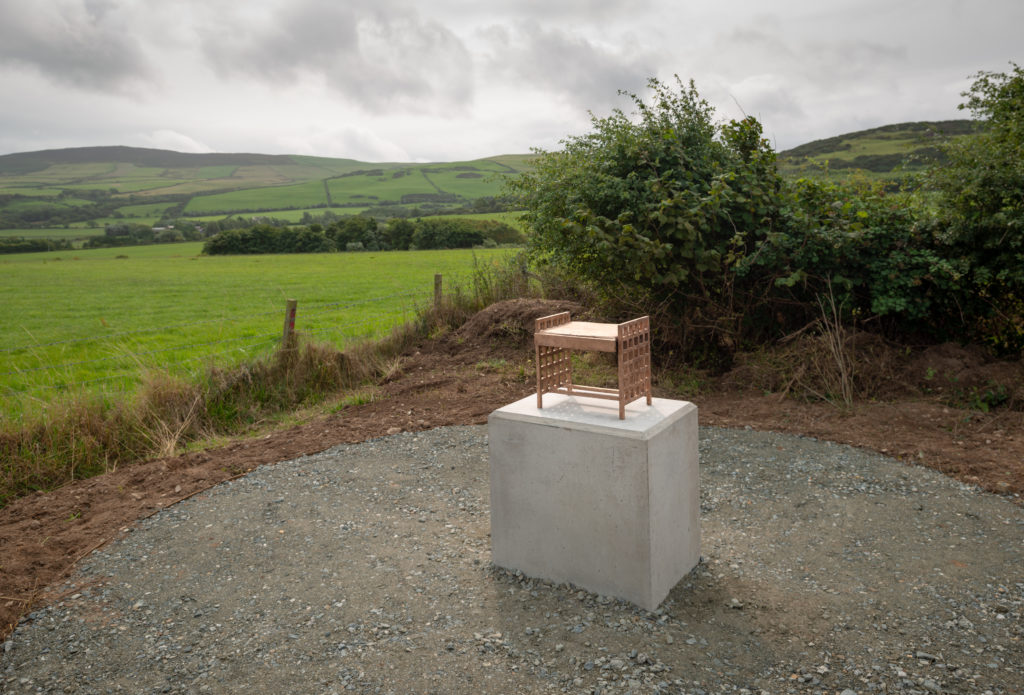
In April 2017, while completing the work on the bronze sculpture, I wrote to the Isle of Man Government who owns Knockaloe
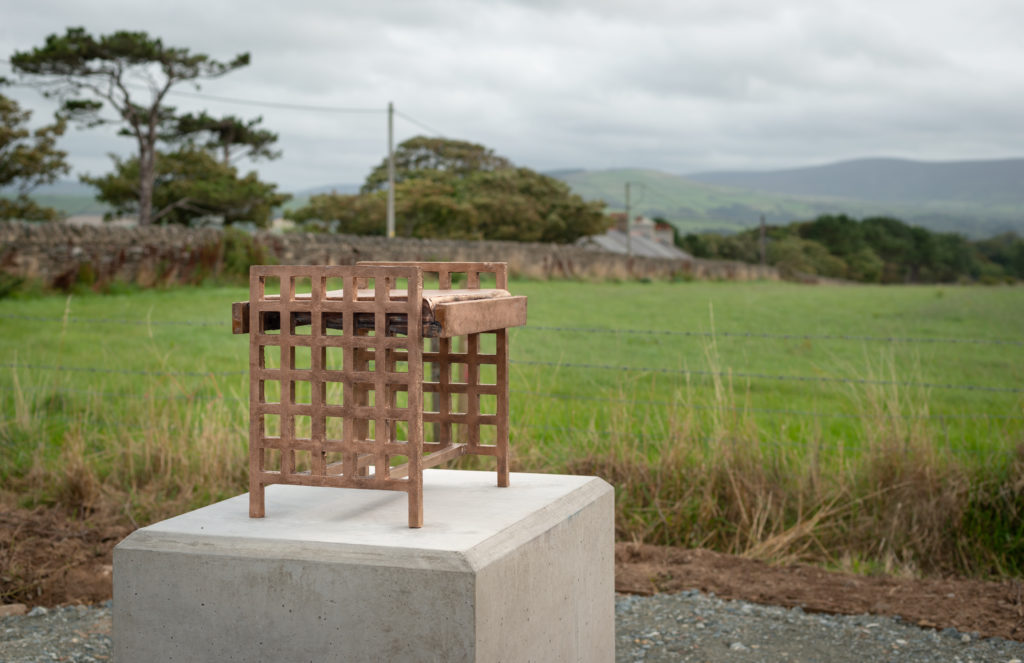
On August 28th, 2018, with the generous support of the Department of Environment, Food and Agriculture (DEFA), the Isle of Man Arts Council, and The Knockaloe Foundation, the sculpture was finally installed at Knockaloe Farm, Isle of Man. The farm housed the former Knockaloe Internment Camp between
The surrounding garden is still to be developed and maintained by The Knockaloe
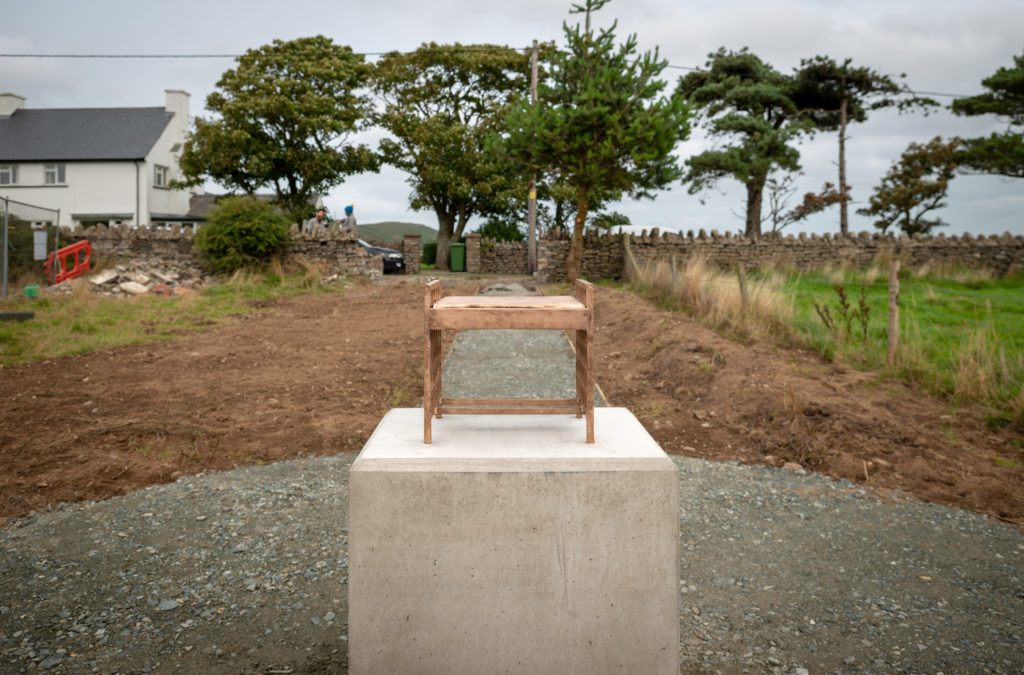
My motivation in creating the sculpture and installing it on the Isle of Man, was to put faces and names to the interned craftsmen, commemorate their legacy, creating a tangible place for learning and reflecting on the story of the camp and the lives of the people who lived in it, and promote a message of unity rather than division.
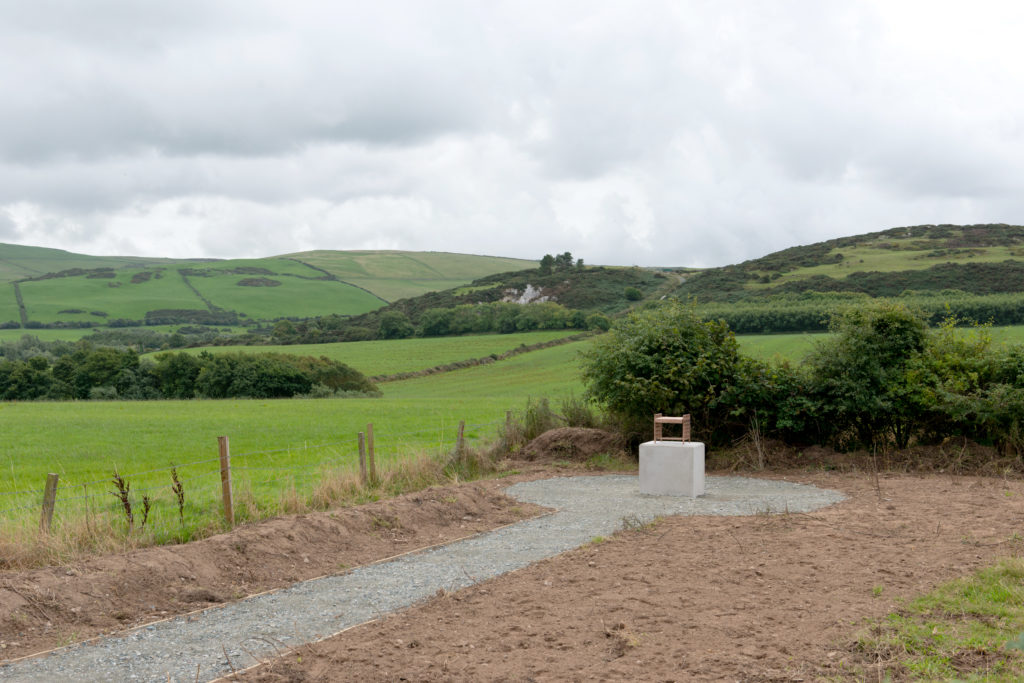
The Garden of Barbed Wire and Spy Fever unveiled at the launch conference of the Centre for WW1 Internment, March 2019
I was generously invited by the Knockaloe Charity to speak at the launch conference of The Centre for WW1 Internment, alongside fascinating speakers and descendents of men who were either interned at Knockaloe or worked there as guards. Spy Fever was officially unveiled in the presence of conference speakers, family members, and also a manx cat and Loaghtan sheep. The Beautiful museum and database will open to the wide public in May 2019.
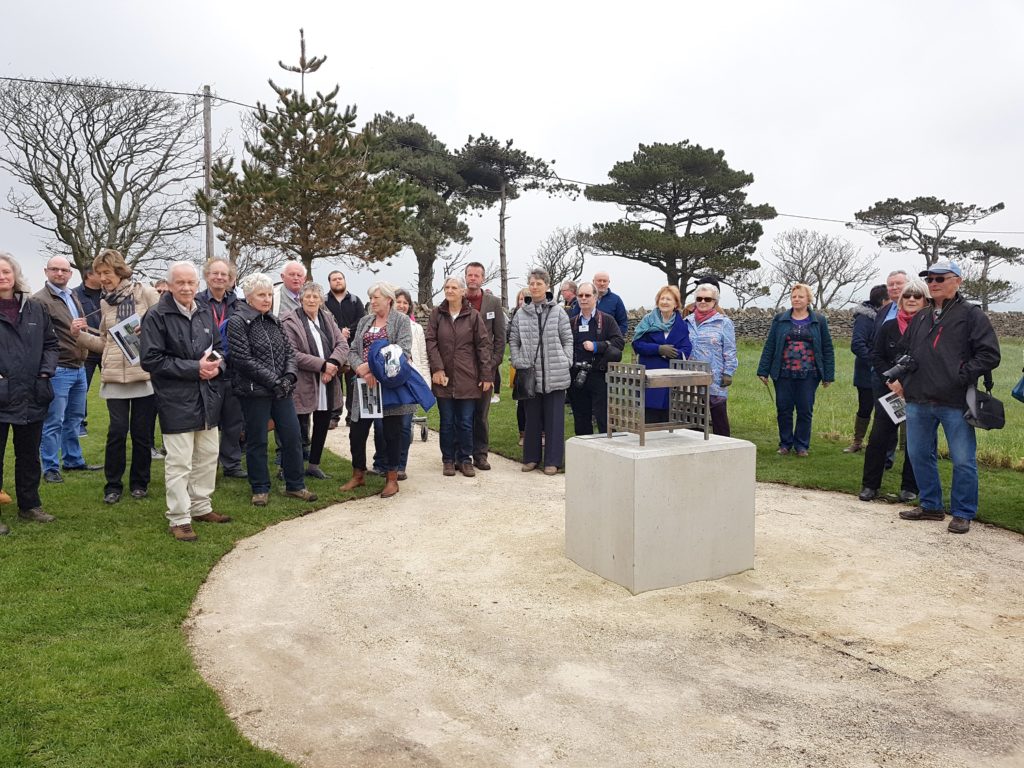
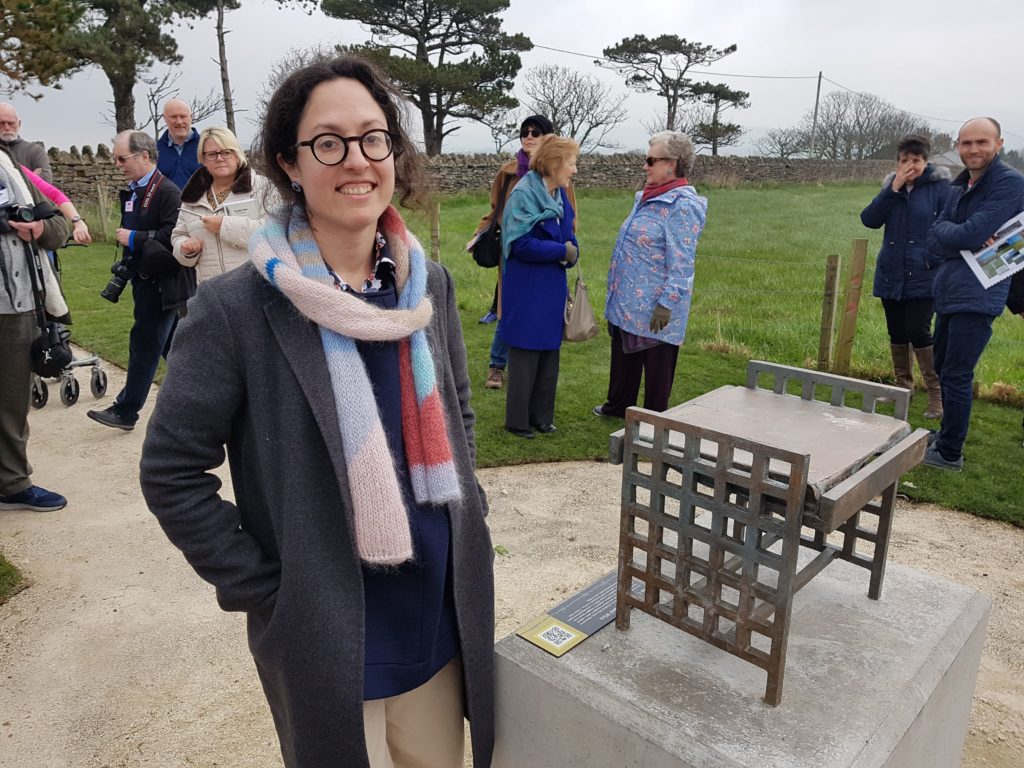
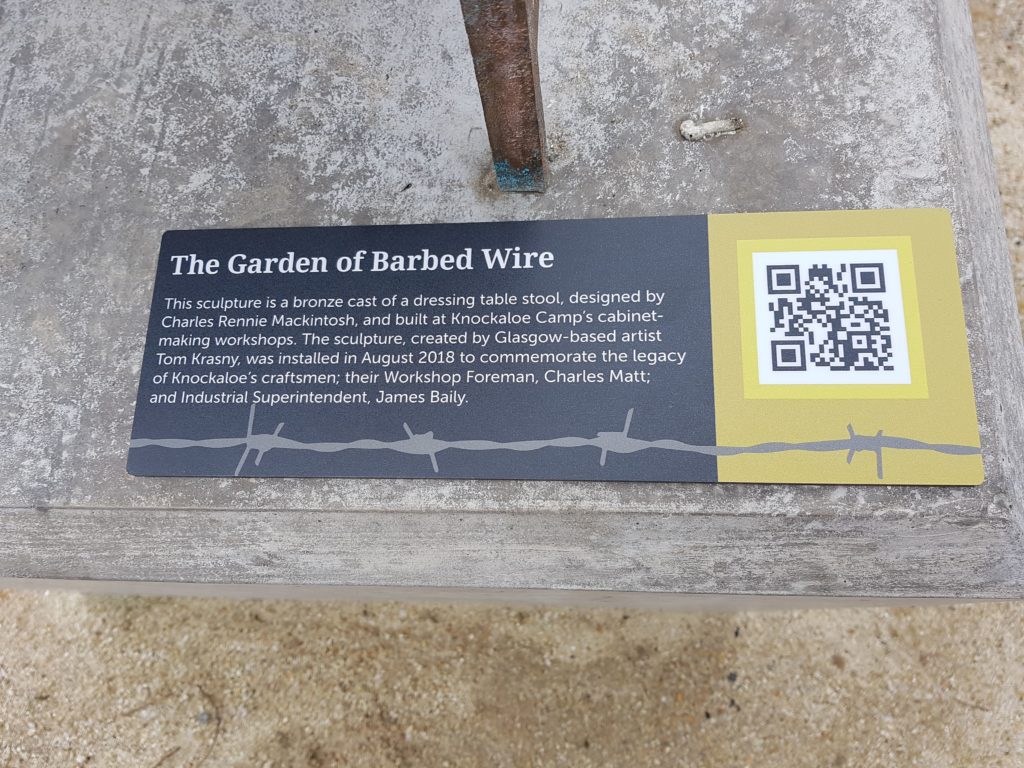
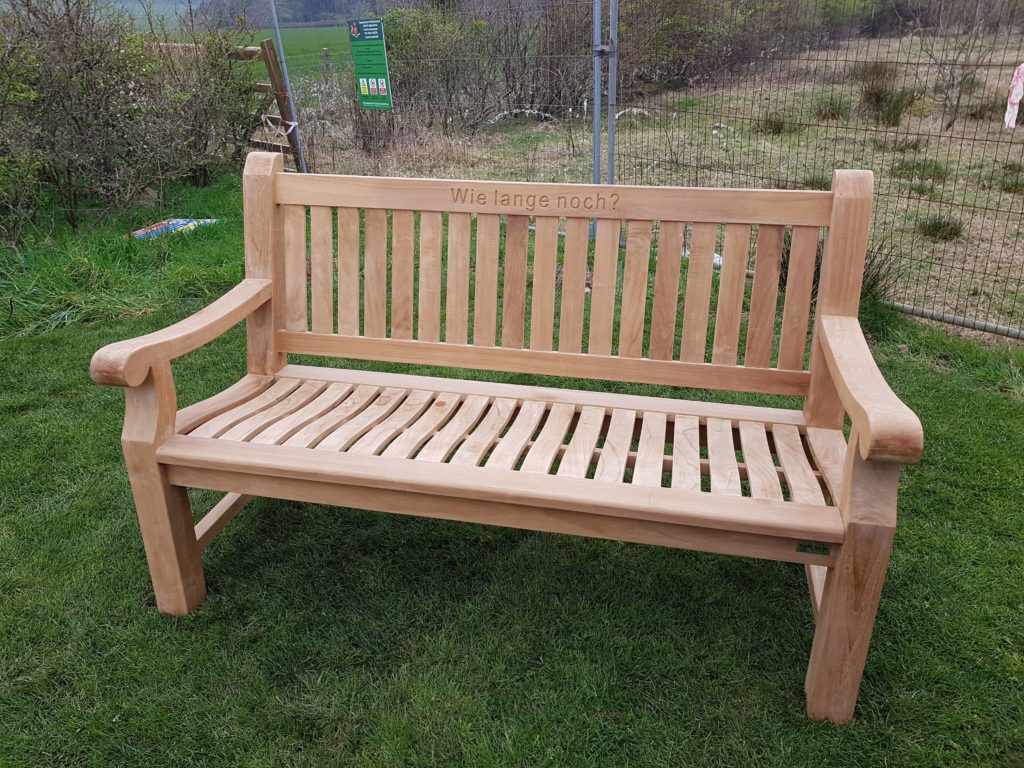
referring to the ongoing uncertainty of the prisoners at the camp about the duration of their stay at Knockaloe.
